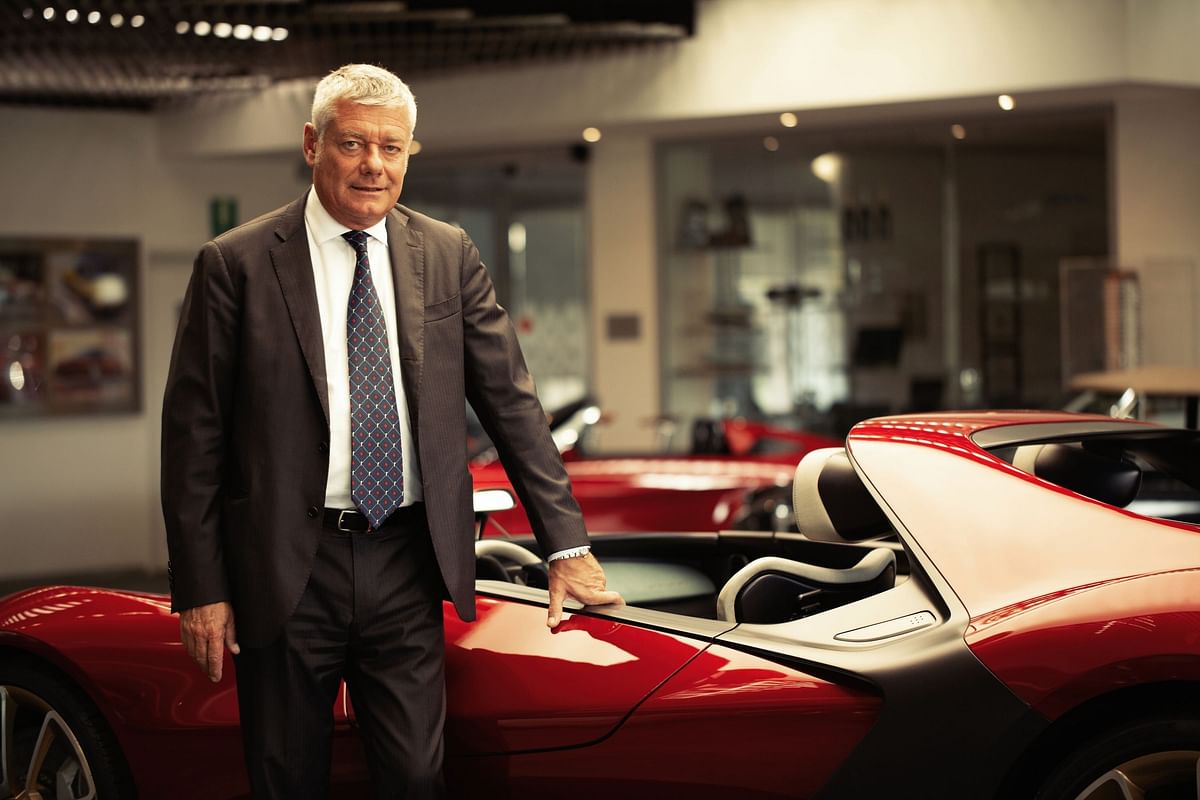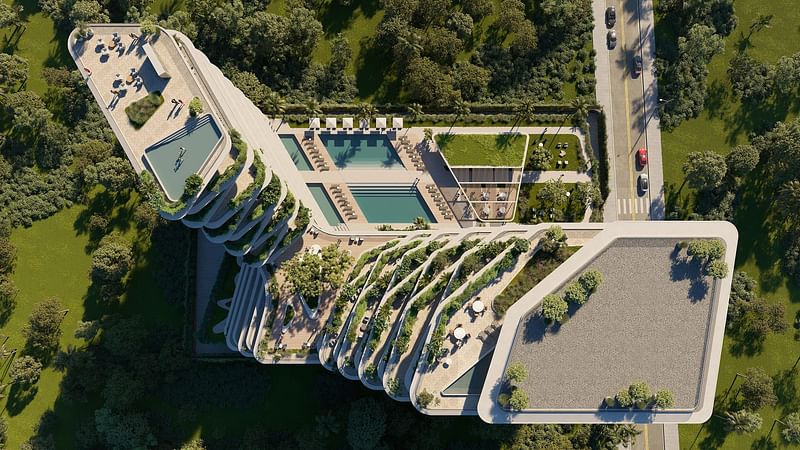Celebrated design mogul Paolo Pininfarina is the 2024 American Prize for Design laureate
By Josh Niland|
Tuesday, Jul 23, 2024

Related
A well-deserved tribute to the influential late Italian businessman and multihyphenate designer Paolo Pininfarina, who passed away unexpectedly this April at the age of 65, has come in the form of the 2024 American Prize for Design. His selection as its newest laureate was announced by The Chicago Athenaeum Museum of Architecture and Design and The European Centre for Architecture Art Design and Urban Studies in conjunction with Good Design.
Pininfarina, who is credited with successful expansions of his father's legacy automotive business into new fields of design (including architecture), was revered as a visionary whose creative impulses propelled the continued influence of Italy's design culture over the international scene into the 21st century.

The Prize's citation stated: "During his reign as the head of Pininfarina SpA since 2008, the Turin-based studio, established as a coachbuilder in the 1930’s by Batistta Pininfarina, worked within the greater creative design world as well as designing private jets, yachts, boats, trams, buses, high-speed trains, rolling stocks, autonomous moving vehicles, automated light rail cars, people movers, sports equipment in addition to furniture, kitchens, appliances, hard drives, and industrial products."

RELATED NEWS Student winners of Pininfarina's global design contest 'New Dreams for a New World' have been announced


Share
0 Comments
Comment as :